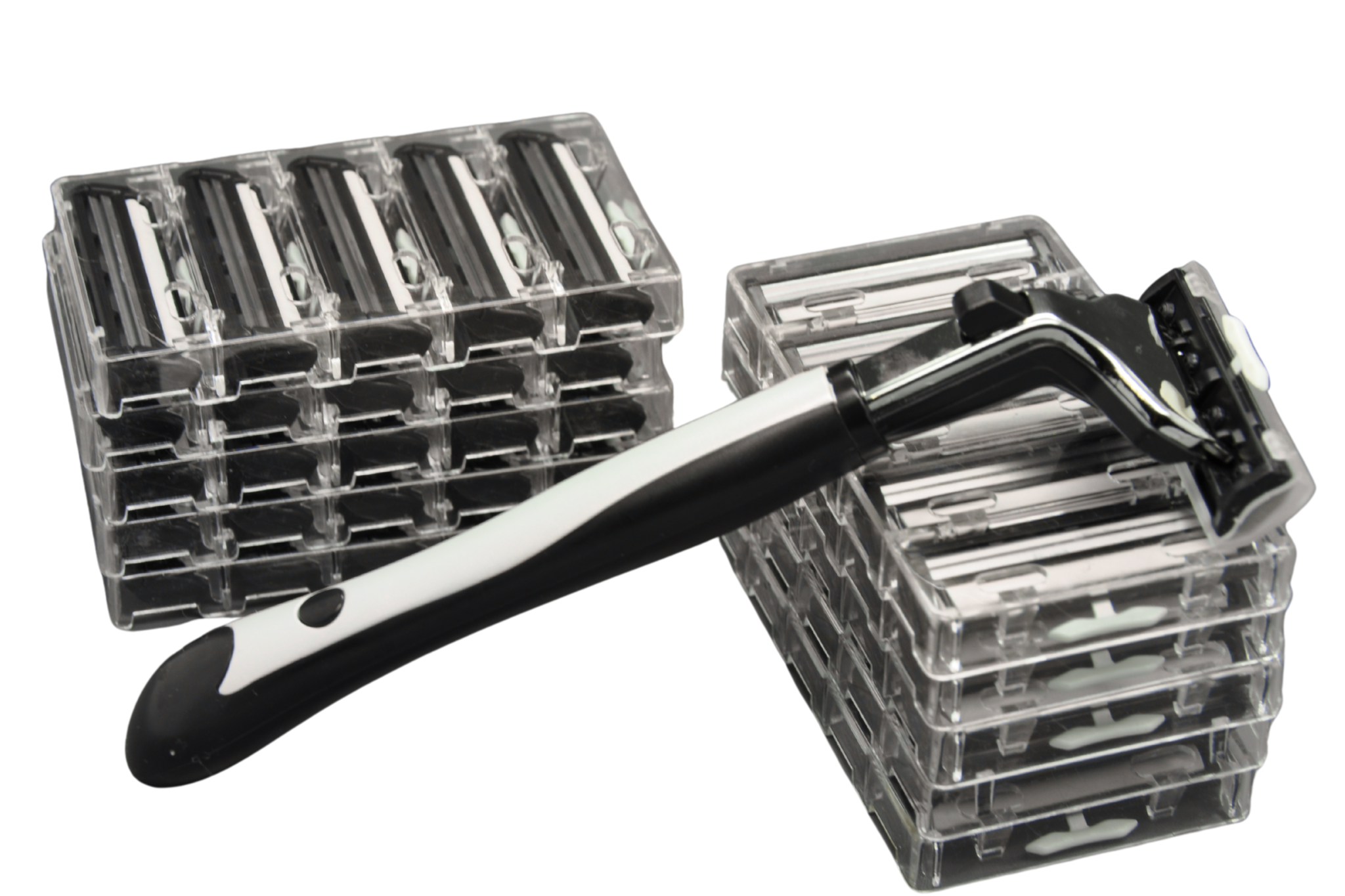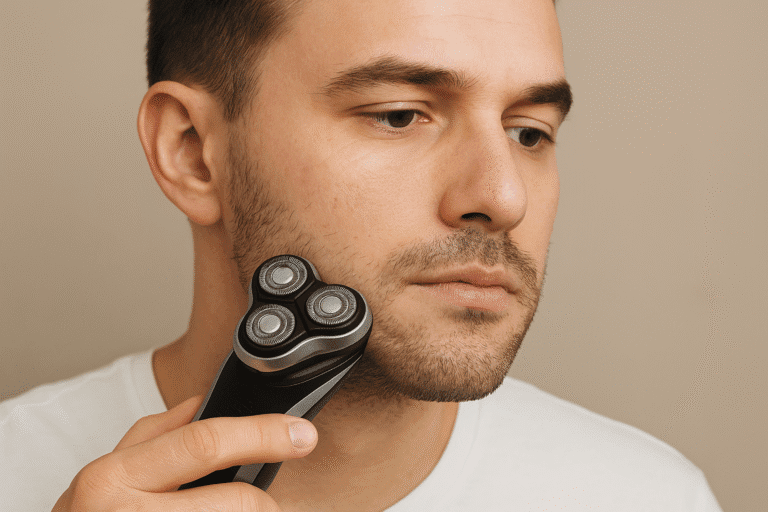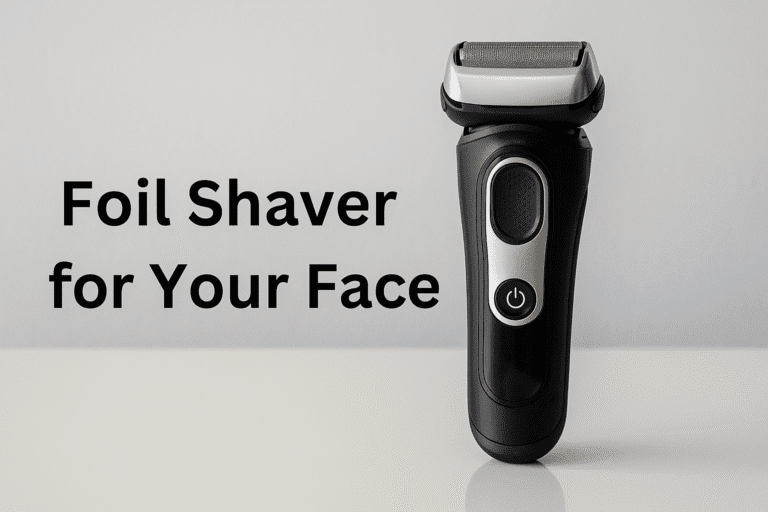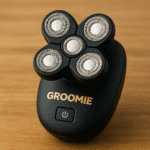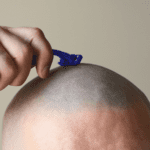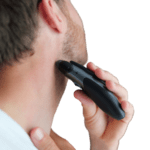Introduction: Why the Right Shaving Blade Matters
When it comes to achieving the perfect shave, the blade you choose plays a defining role. Whether you’re seeking a clean-cut corporate look or a carefully sculpted beard line, the quality, sharpness, and compatibility of your shaving blade with your skin and grooming routine can make all the difference. This guide explores everything about shaving blades for men—from the basics to expert techniques—helping you elevate your shaving experience and avoid the frustration of nicks, irritation, or poor performance.
The Evolution of Men’s Shaving Tools
The journey from seashells and sharp stones to precision-engineered razor blades is a testament to humanity’s obsession with grooming. Over centuries, we’ve transitioned from straight razors wielded by barbers to compact, skin-friendly cartridge blades available at supermarkets. Understanding this evolution helps you appreciate today’s options and make more informed choices.
What Is a Shaving Blade?
A shaving blade is the sharpened component of a razor designed to cut hair at skin level or slightly below it. It can be housed in different types of razors—manual, electric, or straight-edge—and is crucial for achieving a close, smooth shave. The quality of this blade directly affects both performance and comfort.
Different Types of Shaving Blades Explained
Single-Edge Blades: Precision with Every Stroke
Single-edge blades are known for their stability and control. Typically used in straight razors or SE safety razors, they offer excellent feedback and cut with surgical precision, ideal for men who value craftsmanship and detail.
Double-Edge Blades: A Classic Reimagined
DE blades are the hallmark of traditional wet shaving. Used with safety razors, they offer affordability, reusability, and a close shave with reduced irritation when used correctly. Their universal size allows compatibility with countless razor handles.
Cartridge Blades: Convenience Meets Performance
Found in most drugstores, cartridge blades come pre-attached to pivoting heads that adapt to your face. They are beginner-friendly, ideal for travel, and widely available. While not the cheapest long-term solution, they’re perfect for men who prioritize speed and ease.
Disposable Blades: Budget-Friendly but Short-Lived
Disposable razors combine blade and handle into a single-use item. Though affordable and lightweight, they often lack precision and comfort. Best reserved for emergency use or occasional travel.
Straight Razor Blades: The Art of Old-School Shaving
Using a straight razor requires skill but rewards the user with an ultra-close shave. Its single, replaceable or strop-sharpened blade offers unparalleled control. Perfect for enthusiasts who enjoy the ritual and patience involved.
How to Choose the Right Blade for Your Shaving Style
Selecting a shaving blade is a personal decision influenced by skin sensitivity, hair coarseness, shaving frequency, and desired results. If you have coarse facial hair, a sharper and more aggressive blade might be necessary. For daily shavers with sensitive skin, milder blades with a protective coating are preferable.
Understanding Blade Sharpness and Aggressiveness
Sharpness refers to the blade’s ability to cut hair cleanly, while aggressiveness is influenced by blade exposure and razor design. A highly aggressive setup may cause irritation on sensitive skin. Start with a medium-sharp blade and experiment until you find the perfect balance.
Blade Coating Materials: What Makes a Difference?
Modern shaving blades are coated with materials like platinum, chrome, or Teflon to enhance glide and reduce friction. These coatings also protect against corrosion and extend blade life, making for a smoother, more comfortable shave.
Stainless Steel vs Carbon Steel: Which Is Better?
Stainless steel blades are rust-resistant and maintain edge quality longer. Carbon steel blades, while sharper initially, are more prone to oxidation. Choose stainless steel for low-maintenance reliability, and carbon steel for sharper, more traditional performance—especially if you can care for them properly.
Platinum Coated Blades: Are They Worth It?
Platinum-coated blades offer a silky, non-irritating shave that’s perfect for sensitive skin types. They reduce tugging, minimize nicks, and maintain sharpness for longer periods, justifying the slightly higher price point.
How Hair Type Affects Blade Choice
Thicker, wiry hair requires a sharper and more aggressive blade to prevent pulling. Men with finer hair can opt for milder blades that still cut effectively without irritating the skin. Identifying your hair type helps match you to the right blade for optimal results.
Skin Sensitivity and Blade Compatibility
Sensitive skin calls for blades with smoother finishes, protective coatings, and less aggressive angles. Combine with a mild razor head and a quality shaving cream to minimize inflammation and redness.
Blade Gap and Exposure: Key to Performance
Blade gap determines how much of the blade touches the skin, while exposure indicates how far it sticks out. More gap and exposure offer closer shaves but raise the risk of irritation. Beginners should look for smaller gaps to learn proper technique safely.
Open Comb vs Closed Comb Razors and Blade Impact
Open comb razors allow more hair and lather to reach the blade, ideal for coarse or longer hair. Closed comb razors offer more protection and are better for sensitive skin. The type of razor affects how the blade interacts with your face.
Top Shaving Blade Brands for Men
Feather Blades: Sharp and Surgical
Feather is revered for crafting the sharpest blades on the market. Ideal for expert shavers with coarse hair, these Japanese-made blades provide an extraordinarily close shave with a light touch.
Astra Blades: Smooth and Balanced
Astra Superior Platinum blades offer a great middle ground—sharp enough for thick stubble, yet smooth enough for sensitive areas. Highly recommended for intermediate users.
Derby Blades: Gentle on Skin
Derby blades are coated for smooth gliding and are known for their forgiving nature. Great for those with sensitive skin or those just starting out.
Gillette: Global Leader in Blade Innovation
Gillette dominates the cartridge world with offerings like the Fusion5 and ProGlide. Their blades are engineered for convenience, closeness, and skin comfort.
Personna: Reliable and Accessible
Trusted in hospitals and barbershops, Personna blades balance quality and affordability. Their stainless-steel options are durable and consistent.
Wilkinson Sword: A Legacy of British Shaving
These blades deliver a balance of sharpness and comfort, making them suitable for all skin types. Their triple coating enhances longevity and performance.
Shark Blades: Affordable and Efficient
Produced in Egypt, Shark blades are cost-effective and surprisingly smooth. A great option for daily shavers or those testing different blades.
How Many Blades Do You Really Need?
More isn’t always better. Multi-blade cartridges may cause more friction and skin trauma than necessary. Single or double blades can offer equal or better results with proper technique.
The Myth of More Blades = Better Shave
Marketing has pushed the idea that five blades are better than one, but more blades often lead to more irritation. A single sharp blade, used skillfully, often outperforms its multi-bladed counterpart.
How Multi-Blade Cartridges Compare to Single-Blade Razors
Cartridge razors cut hair in stages but can trap debris and increase risk of ingrown hairs. Single-blade razors give a cleaner cut at the base of the follicle and reduce skin trauma.
Are 5-Blade Razors Too Harsh for Sensitive Skin?
In many cases, yes. While they provide a close shave, they also increase contact points and friction, which can aggravate sensitive skin. Consider switching to DE blades if you struggle with irritation.
Blade Longevity: When to Replace Your Razor Blade
Replace after 5–7 uses or when you feel tugging, discomfort, or notice a dull finish. Stretching blade usage can lead to skin damage, so track your shave quality closely.
How to Know When a Blade is Dull
Signs of a dull blade include dragging, uneven cutting, more passes needed, and post-shave redness. Listen to your skin—it always knows.
Tips to Extend the Life of Your Razor Blade
- Rinse with hot water after every shave
- Shake dry or pat with a towel
- Store in a dry place (avoid humid bathrooms)
- Use blade oil or rubbing alcohol occasionally
How to Store Blades Properly for Maximum Sharpness
Keep them in a ventilated area. Use blade banks or blade guards to avoid rusting or accidents. Never leave a blade soaking in water.
Best Shaving Blade for Beginners
Start with Astra, Derby, or Personna blades for a gentler introduction to wet shaving. Combine with a mild safety razor for learning technique.
Blades for Experienced Wet Shavers
Veterans often gravitate toward Feather, Kai, or PolSilver blades for superior sharpness and precision. Ideal for coarse beards and confident hands.
Safety Razors and Blade Pairing Tips
Different safety razors alter blade exposure and aggressiveness. Try sample packs to find the right pairing for your skin and technique.
How to Load and Unload Razor Blades Safely
Always handle blades by the short edges. Use a towel for grip and be sure your hands are dry. Load slowly and evenly to avoid misalignment.
Common Mistakes When Using a New Blade
- Pressing too hard
- Not prepping the skin
- Using cold water
- Shaving too quickly
How to Avoid Razor Burn and Ingrown Hairs
Exfoliate regularly, use a sharp blade, and shave with the grain. Avoid shaving over the same area repeatedly. Hydrate post-shave.
Shaving Techniques That Enhance Blade Performance
Use short, controlled strokes. Keep the skin taut. Let the razor do the work—don’t apply pressure. Rinse the blade often.
With the Grain, Across, or Against?
Start with the grain to reduce irritation. Go across for closeness. Only go against the grain if your skin tolerates it.
How to Prep Your Skin Before Using a Shaving Blade
Wash with warm water. Use a pre-shave oil or cleanser. Soften hair with steam or a hot towel.
Importance of Pre-Shave Oils and Gels
They create a protective layer, reduce drag, and help lift hair for a cleaner cut. Great for preventing nicks.
Lathering Techniques for Maximum Blade Efficiency
Use a brush to whip up a rich, dense lather. Apply evenly and let it sit for a minute to soften the beard. Re-lather for each pass.
Post-Shave Rituals That Protect Your Skin
Use a cold water rinse to close pores. Apply an alcohol-free balm. Moisturize to restore hydration and prevent irritation.
Blade Reviews: Honest Opinions from Everyday Users
Real-world feedback reveals how blades perform on different skin types. Check forums or Reddit for detailed testimonials.
Comparing Blades for Price and Performance
Higher price doesn’t always mean better. Some $0.10 blades outperform $1 ones. Try variety packs and compare notes.
Blade Subscription Services: Are They Worth It?
Convenient but not always cost-effective. Look for brands that allow customization or pause options.
Shaving Blade for Men with Beards: Lining and Defining
Use a single-edge or precision trimmer blade to create sharp lines and define cheek, jaw, and neckline contours.
Blades for Head Shaving: What Works Best?
Use flexible cartridge razors or head-specific shavers like the Skull Shaver. Look for blades with pivoting heads and low aggressiveness.
Eco-Friendly Blade Options and Sustainable Shaving
DE blades are 100% recyclable. Pair them with bamboo or stainless-steel razors to reduce environmental impact.
Traveling with Razor Blades: TSA Rules and Storage
Cartridge and disposable razors are allowed in carry-on. DE blades must go in checked baggage. Use travel cases or blade banks for safety.
Shaving Blade vs Electric Razor: Which Wins?
Blades offer a closer, cleaner cut with ritualistic satisfaction. Electric razors offer speed, convenience, and fewer nicks. Choose based on lifestyle.
Frequently Asked Questions About Men’s Razor Blades
- How long does a razor blade last?
- Are DE blades better than cartridges?
- Can I recycle used blades?
- What’s the sharpest brand?
- Can blades cause acne or breakouts?
Conclusion: Find Your Perfect Blade and Shave Like a Pro
With the right knowledge, tools, and technique, any man can master the art of shaving. Whether you’re new to the game or refining your routine, choosing the right shaving blade can redefine your grooming experience. Experiment, stay consistent, and let your face reflect the confidence of a perfect shave.

